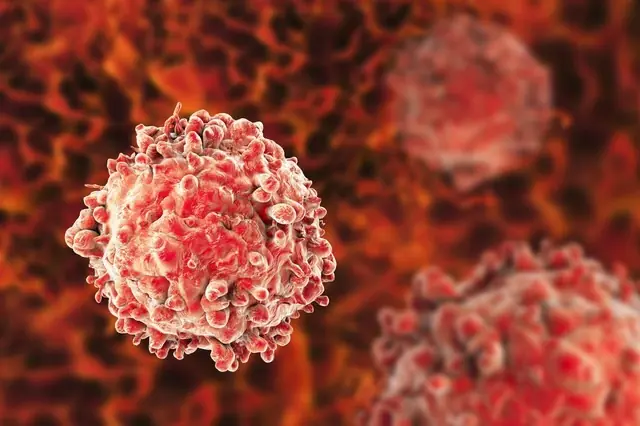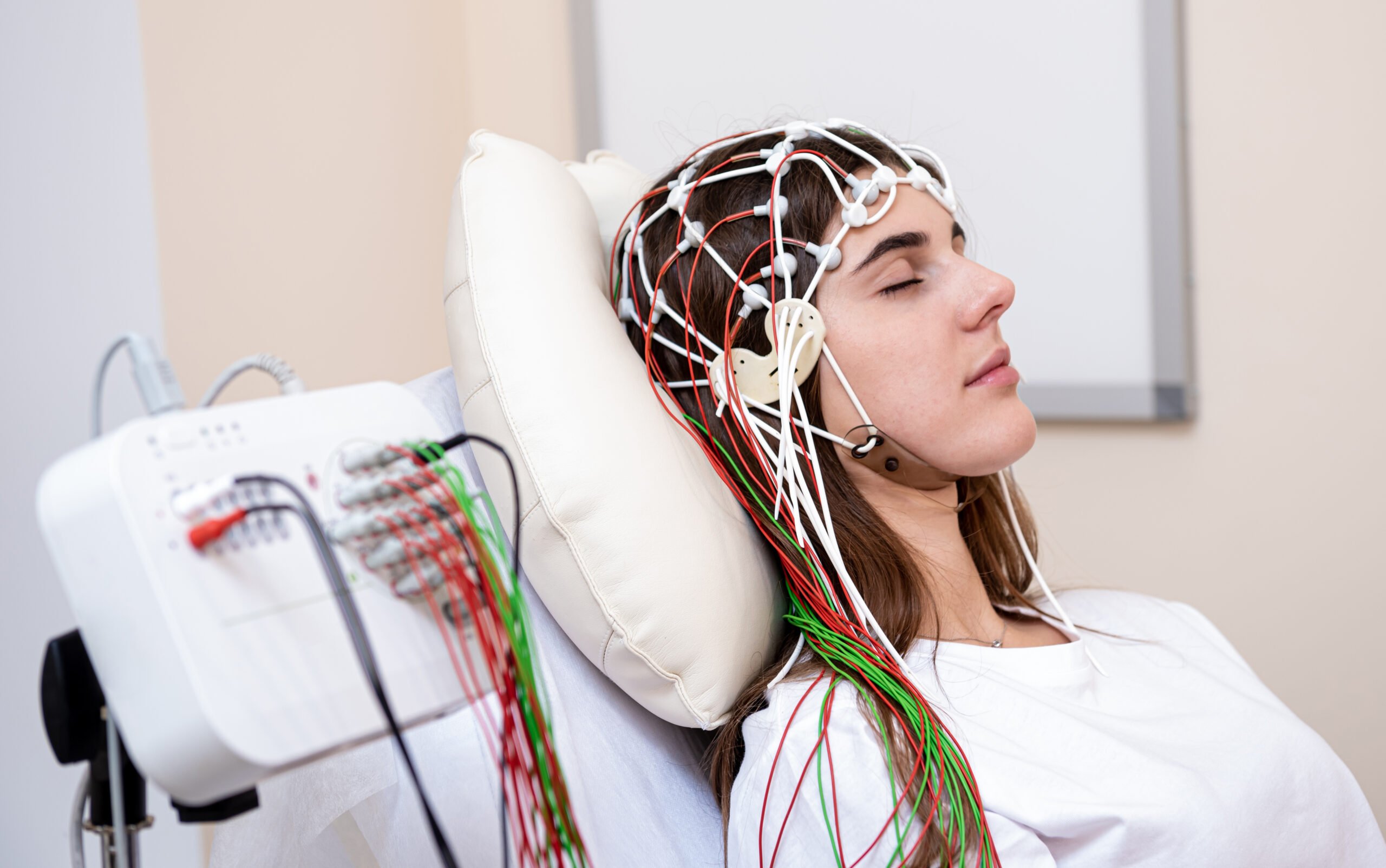
The First Communication Between Two Humans in Dreams Has Been Achieved – This Is How It Works
Dreams have long fascinated humanity. From ancient myths to modern science fiction, the idea of connecting with others in a dream has captured our imagination.
Now, a California-based neurotech company, REMspace, claims to have turned that fantasy into reality. According to their experiment, two people exchanged a message—not through speech or text, but inside a lucid dream. If true, this could change how we think about communication and human consciousness.
But is this a real breakthrough or just another bold claim in need of proof? While REMspace calls it a historic milestone, skepticism remains. Without independent verification, the scientific community isn’t convinced just yet. As excitement and doubt collide, the question remains—are we witnessing the next frontier of human interaction, or is this another idea lost in the dreamscape?
Table of Contents [show]
The Science Behind Dream Communication
Dreams are often seen as a window into the subconscious, but scientifically, they are complex neurological processes occurring during sleep—especially in the rapid eye movement (REM) stage. During REM sleep, brain activity increases, resembling wakefulness, yet the body remains in a state of paralysis. This is when the most vivid and memorable dreams occur.
Lucid dreaming, where a person becomes aware they are dreaming and can sometimes control the experience, has been studied for decades. Research has shown that external stimuli—such as flashing lights, sounds, or even electrical brain stimulation—can influence dreams. However, actual communication between two people within a dream has never been proven until REMspace’s claim.
Past studies have explored the brain’s ability to process external cues while dreaming. For instance, research published in Current Biology (2021) demonstrated that some lucid dreamers could correctly answer simple math problems presented to them through auditory cues while asleep. These findings suggest that, under the right conditions, outside information can be integrated into dreams.
But transmitting a thought from one dreamer to another is an entirely different challenge. The brain does not have a built-in mechanism for direct mind-to-mind messaging, making the idea of dream communication scientifically intriguing but highly unproven. Understanding whether REMspace’s experiment truly achieved this requires a closer look at their methods and whether their findings hold up under scrutiny.
The REMspace Experiment – A Closer Look
REMspace, a neurotech company specializing in lucid dreaming, claims to have achieved the first recorded instance of human-to-human dream communication. According to their report, two participants—both trained lucid dreamers—successfully exchanged a message while asleep in separate locations.
The process involved several key steps:
- Lucid Dream Induction: Both participants were guided to enter a lucid dreaming state, where they became aware they were dreaming.
- Sleep Monitoring: Polysomnographic equipment tracked their sleep stages, monitoring brain waves, heart rate, and breathing.
- Message Transmission: Once the first participant reached the lucid dream state, an audio cue delivered a randomly generated word.
- Dream Reception: The second participant, who entered a lucid dream minutes later, reportedly “received” the word and repeated it upon waking.
The company has not disclosed the specific word used in the experiment, nor have they detailed the exact mechanics of how the message was processed within the dream. This lack of transparency has raised concerns within the scientific community, as replication is a fundamental requirement for validating new discoveries.
Furthermore, the study has yet to be published in a peer-reviewed journal, making independent verification impossible. Without clear data or third-party confirmation, it remains uncertain whether REMspace’s results represent a legitimate breakthrough or an overinterpretation of dream-state suggestibility.
While the idea of dream communication is captivating, skepticism remains strong. Understanding the potential pitfalls and unanswered questions is essential before accepting this as a true scientific milestone.
Why Dream Communication Still Faces Doubts
Groundbreaking discoveries often come with skepticism, and REMspace’s claim is no exception. While the concept of dream communication is fascinating, several challenges must be addressed before it can be taken seriously.
Scientific breakthroughs require repeatability. So far, no independent research team has replicated REMspace’s experiment under controlled conditions. Without verification from external studies, there is no way to confirm whether the message exchange genuinely occurred within the dream state or if other factors—such as subconscious suggestion or misinterpretation—played a role.
The Credibility of the Experiment
One major red flag is the lack of transparency. REMspace has not disclosed key details about the equipment and methodology used. While they claim to have submitted their research to a scientific journal, no peer-reviewed publication has yet confirmed their findings. Without this scrutiny, the scientific community remains hesitant to embrace the results as valid.
Additionally, the company’s founder, Michael Raduga, has a history of extreme and controversial experiments, including attempting to implant a microchip in his own brain to control his dreams. His unconventional approach raises concerns about whether the study was conducted with the rigor expected in neuroscience research.
Ethical and Privacy Concerns
If dream communication were proven possible, it would open a new frontier—but also a host of ethical dilemmas. Could the subconscious be manipulated? Would people be vulnerable to external influence while dreaming? If corporations or governments gained access to dream communication technology, it could redefine privacy in ways we’ve never considered.
News in the same category


Surprising Reasons Why You Should Spread Salt

AI Is Set to Replace 41% of Jobs in the Next Five Years
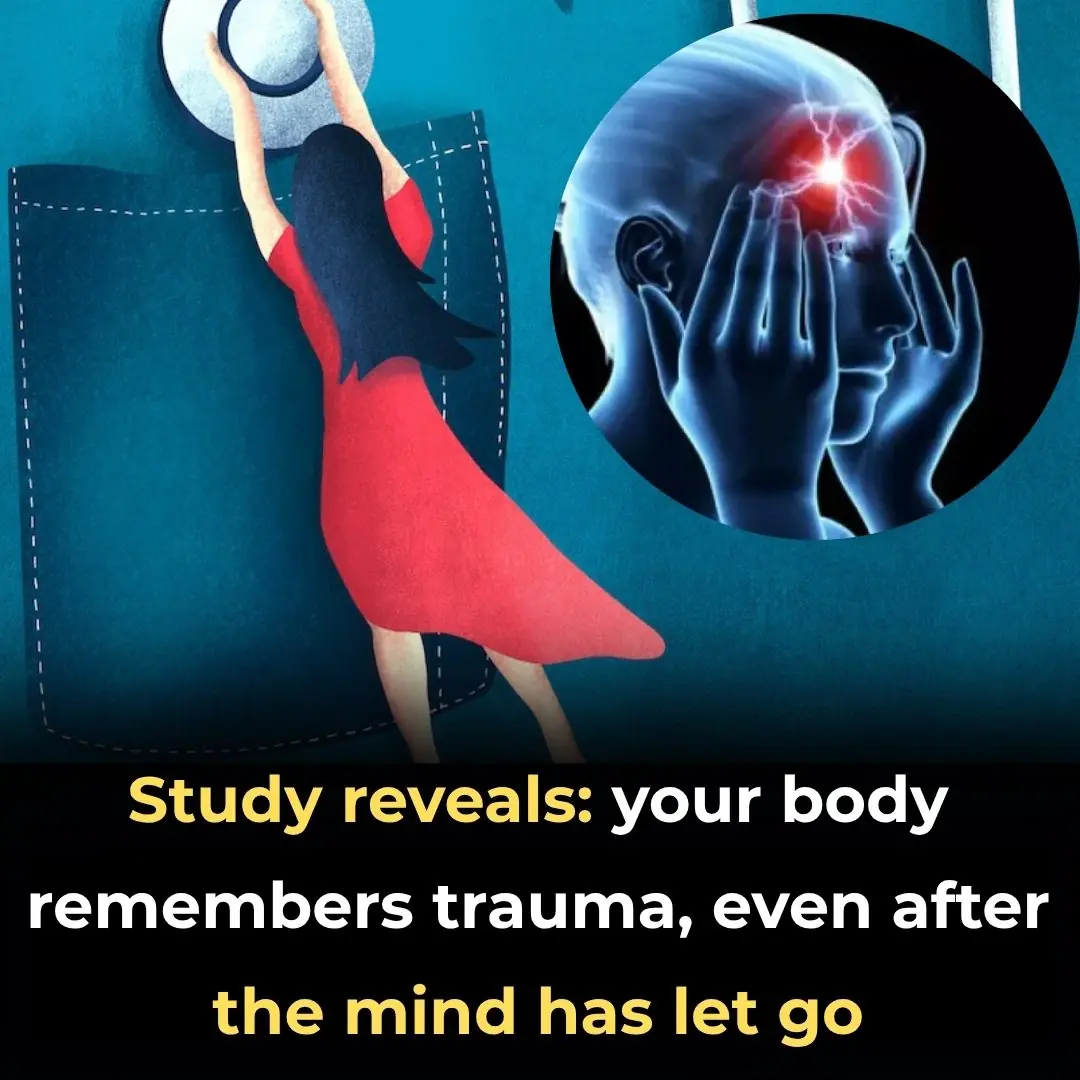
Study Reveals: Your Body Remembers Trauma, Even After the Mind Has Let Go

Man Sentenced After Stowing Away On 120 Flights By Masquerading As Flight Attendant
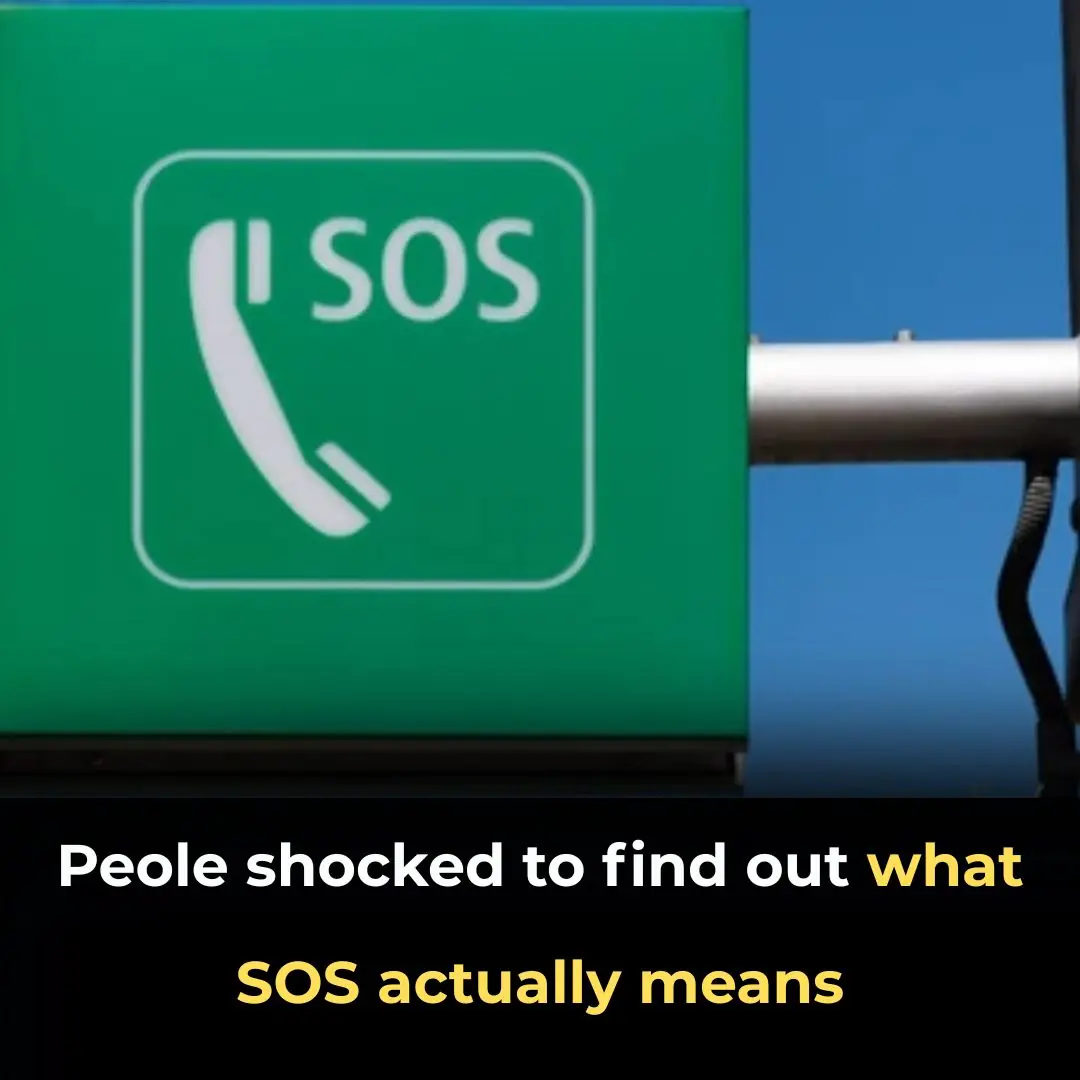
People Stunned After Learning The True Meaning Behind ‘SOS’ — It’s Not What You Think

Tourists Panic As ‘New Baba Vanga’ Warns Of Disaster Coming In Just ONE Month
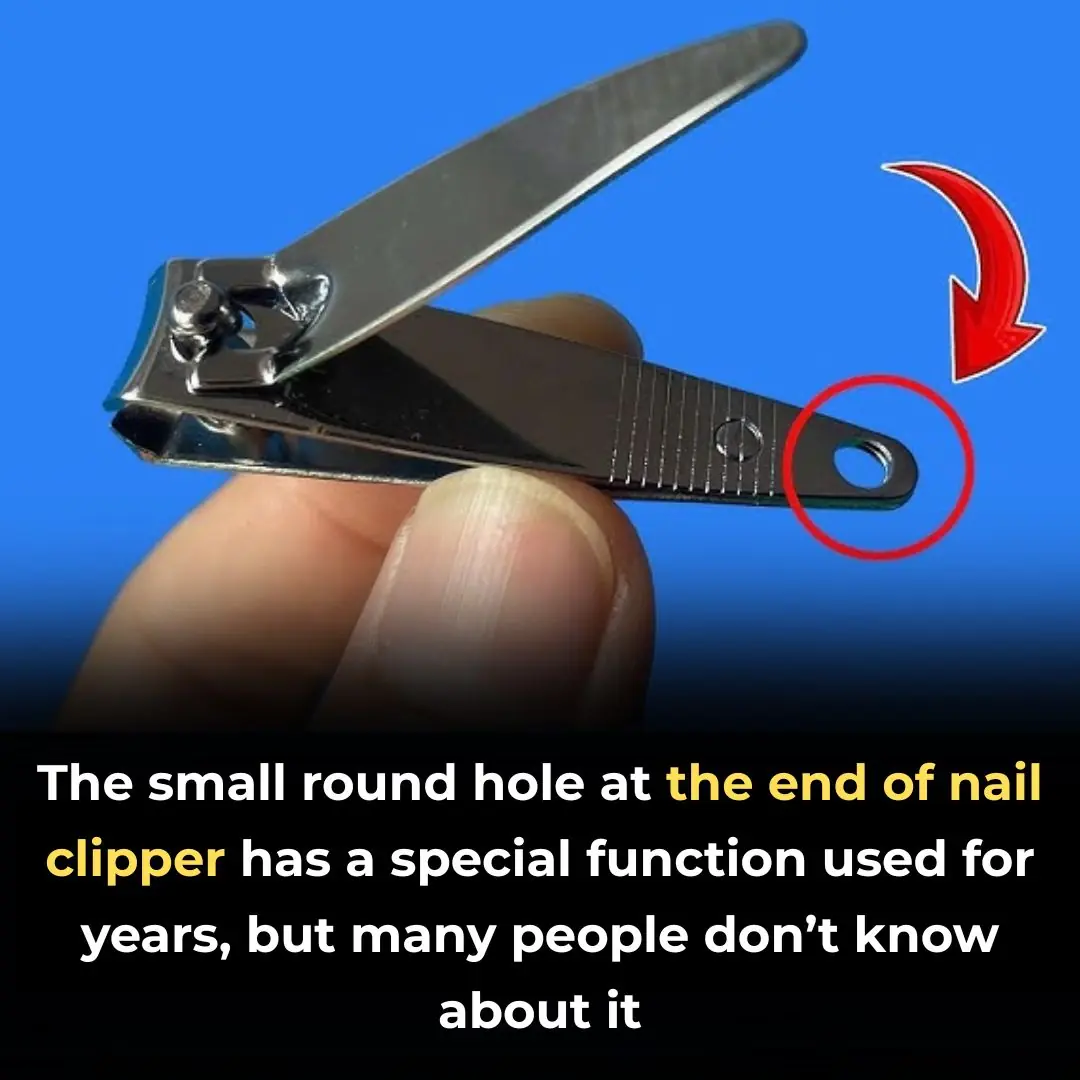
The “Small Round Hole” On The Nail Clipper Has Special And Powerful Uses, And I Had No Idea

Uranus May Be Filled With A Lot More Methane Than We Thought

4 Things You Should Never Say At A Funeral — No Matter What

Scientists Claim Breakthrough In Amelia Earhart Mystery After 88 Years
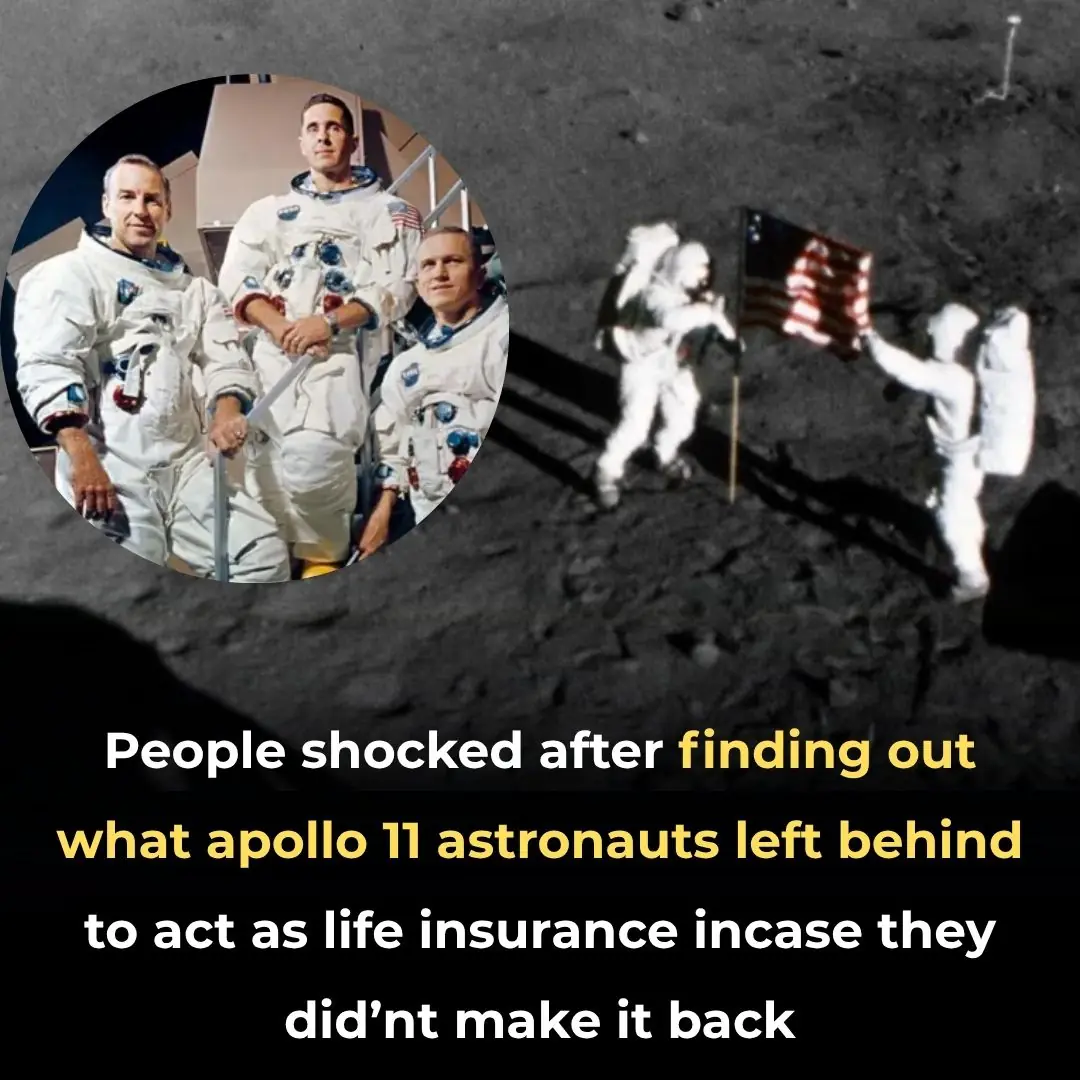
People Shocked To Learn What Apollo 11 Astronauts Left Behind As Life Insurance

If You Find A “Bleach” Patch On Your Underwear, You’d Better Know What It Means
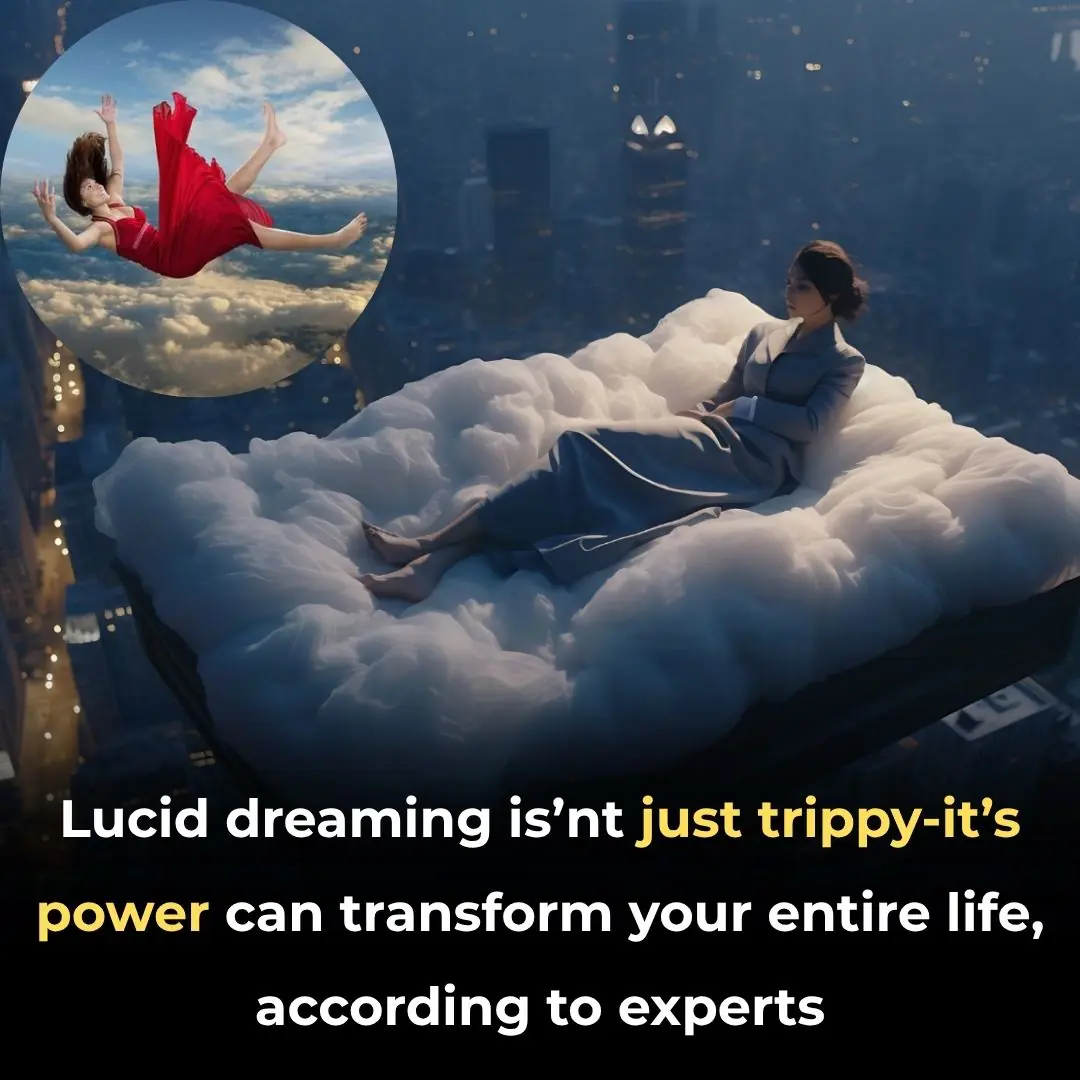
Lucid Dreaming Isn’t Just Trippy—It’s Power Can Transform Your Entire Life, According to Experts

Just 2.4 Miles Apart, Yet 21 Hours Ahead — The Diomede Islands’ Time-Warping Secret

Scientists Invent Ultra-Thin Material That Hardens Like Diamond to Stop Bullets

There Are Mysterious Signals Coming From The Ice In Antarctica

Scientists Baffled By Earth’s Mysterious 26-Second ‘Heartbeat’—Still No Clear Explanation

Friendship Between Wolf And Bear Documented By A Photographer
News Post
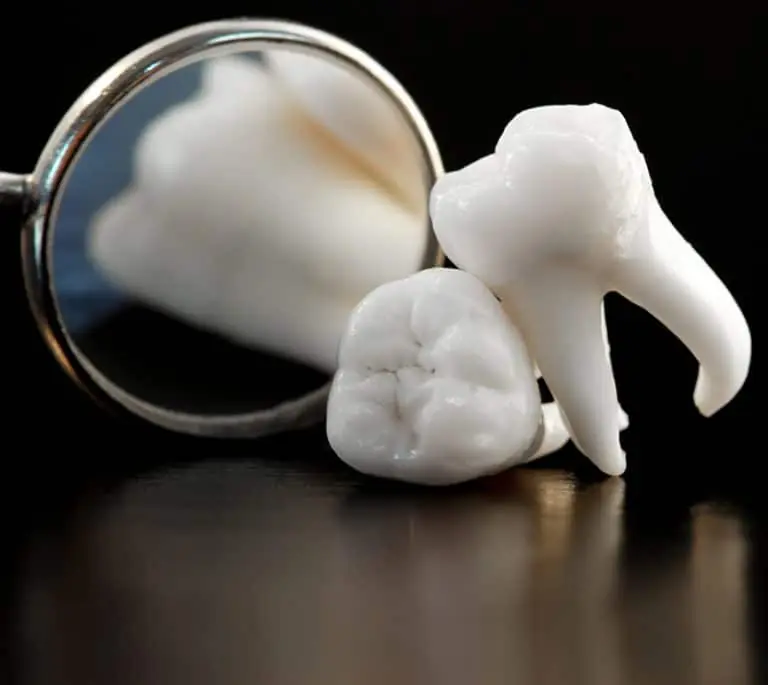
Medical Gold: Why Your Wisdom Teeth Might Hold the Key to Future Cures
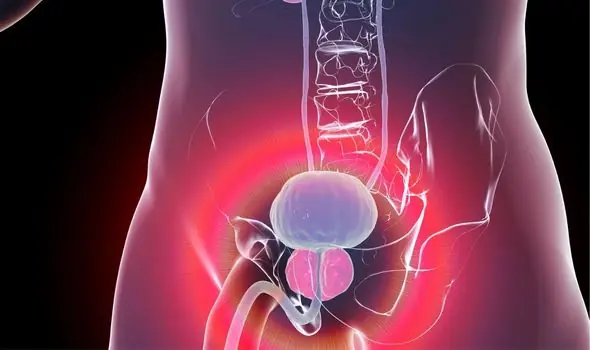
Prostate Cancer: Warning Signs and Symptoms You Shouldn't Ignore
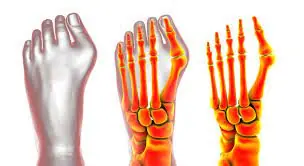
Ditch the Knife: Effective Non-Surgical Treatments for Bunion Pain Relief

Here’s Why Cabin Crew Sits On Their Hands During Take Off and Landing

Surprising Reasons Why You Should Spread Salt

Am I Wrong for Cutting Off My Daughter’s Friends and Pulling Her from Soccer Camp?
A father decides to pull his daughter from soccer camp and cut her ties with two friends he deems "ghetto," but when family pressures him to reconsider, he starts questioning his actions. Is he wrong?

AI Is Set to Replace 41% of Jobs in the Next Five Years

MY HUSBAND CANCELED OUR DREAM VACATION FOR HIS MOTHER - MY REACTION WENT VIRAL!
“No, I’m going to Thailand, not to your mom’s garden beds,” I refused to go to the dacha, and my husband got offended.

The Miracle Child: The Baby Who Changed Everything at Saint Thorn Medical Center
A mysterious baby born with an unusual heartbeat starts to change the lives of everyone around him. From medical staff to nurses, his presence brings hope, awe, and a chilling sense of wonder.

The Dress That Could Make or Break My Career – And Why I Said No to My Niece’s “Special” Gift
A career-driven woman refuses her niece's offer to sew her a dress for a big event, leading to family tension. Is she being too harsh, or is her decision about professionalism and self-respect?

RELATIVES OVERSTAY THEIR WELCOME – BUT WHAT THEY DISCOVER IN GRANDMA'S HOUSE WILL CHANGE EVERYTHING!
— You’ve been coming to stay in my house for the third month now, maybe that’s enough? — I couldn’t hold back, looking at the relatives’ suitcases.

The boss’s daughter got a job as a cleaning lady to uncover the director’s scams

When Family Dynamics Clash: The Birthday Cake Dispute
A woman stands her ground over her daughter's birthday cake, facing pressure from her sister-in-law and family. Will she keep her decision, or choose peace over principle?

MY FIANCÉE M0CKED MY DE@D MOTHER AT OUR REHEARSAL DINNER - WHAT I DID NEXT CANCELED THE WEDDING
I'm 33, and until recently, I was engaged to Lydia, a woman I honestly thought I'd spend the rest of my life with. I met her about six years ago through mutual friends at a cookout. She had this great smile, was quick with a joke, and we just clicked.

Study Reveals: Your Body Remembers Trauma, Even After the Mind Has Let Go

Revenge Ink: How I Taught My Fiancé and His Mother a Lesson They'd Never Forget
When my fiancé’s mother told him to leave me for a richer woman, I devised the perfect plan for a dramatic and unforgettable revenge. Here’s how I got back at them with a lesson they’ll never forget.

Man Sentenced After Stowing Away On 120 Flights By Masquerading As Flight Attendant
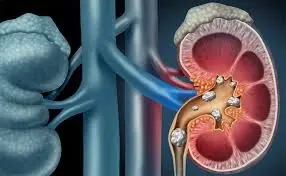
5 Drinks That Can Help Dissolve Kidney Stones and Aid Easy Elimination
